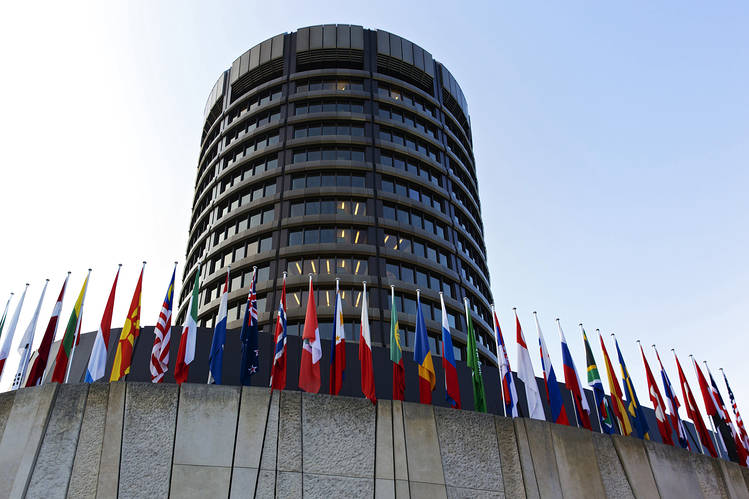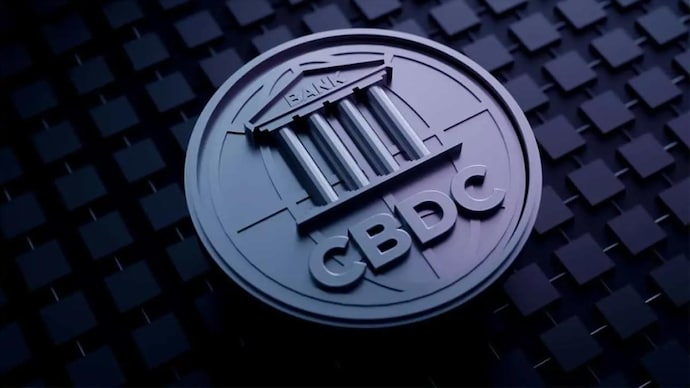After the International Monetary Fund’s (IMF) proposal of a similar nature, the Bank of International Settlements revealed a brand new Unified ledger proposal. Moreover, the proposal was released as a chapter of its annual report arriving soon. Specifically, it discussed the future of monetary technologies within the proposal.
This week, the IMF had already revealed its newest paper discussing a single ledger concept for cross-border payments. Now, the BIS Chapter has outlined a similar concept that it described in a piece that was released Tuesday. While clearly speaking against the developments in cryptocurrencies.


BIS Releases “Blueprint for The Future Monetary System”
The rise of Central Bank Digital Currencies (CBDC) and digital finance has been a notable development in recent weeks. Specifically, after a similar IMF report, the BIS revealed its brand new unified ledger proposal for tokenized assets and CBDCs.
Now, the proposal has stated it will utilize tokenized assets to evolve traditional finance. Specifically, stating it will develop “a new type of financial market infrastructure,” powered by application programming interfaces (APIs). Moreover, the announcement of this unified ledger came amidst a clear call against current digital finance technology.


“The collapse of crypto and the faltering progress of other tokenization projects underline a key lesson,” the paper said. “The success of tokenization rests on the foundation of trust provided by central bank money and its capacity to knit together key elements of the financial system.”
Additionally, the BIS stated the new unified ledger would “capture the full benefits of tokenization by combining central bank money, tokenized deposits, and tokenized assets on a programmable platform.” Moreover, the release called crypto “a flawed system that cannot take on the mantle of the future of money.”
The chapter describes a unified ledger that “allows sequences of financial transactions to be automated and seamlessly integrated.” Additionally, it spoke of its potential to pave the way for “new types of economic arrangement that are impossible today due to incentive and informational frictions.”





